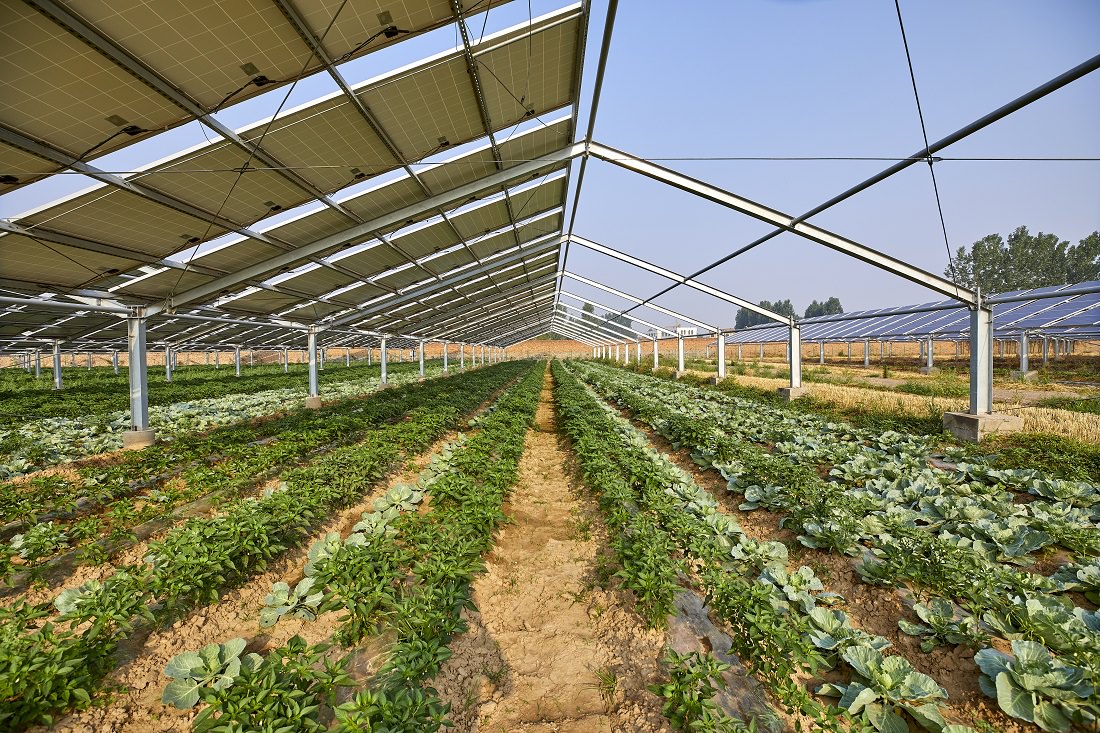
"Researchers at the Department of Energy's National Renewable Energy Laboratory (NREL) and Argonne National Laboratory have been examining the ecological and economic benefits of establishing native vegetation, including wildflowers and prairie grasses, at solar facilities. Native vegetation attracts crucial critters like bees, flies, bats, birds, wasps, moths, and butterflies, which can benefit crop yields. A diverse array of native plants benefits wildlife diversity, especially pollinators."
"Promoting pollinator populations around solar farms can help increase crop yields for nearby farmers. Researchers identified over 3,500 square kilometers of pollinator-dependent crops-including soybeans, alfalfa, cotton, almonds, and citrus-within pollinator foraging distance of existing and planned utility-scale solar facilities. The U.S. is expected to convert six million acres of land to solar facilities before 2050, making pollinator-friendly practices increasingly important."
Establishing native vegetation, including wildflowers and prairie grasses, at solar facilities attracts bees, flies, bats, birds, wasps, moths, and butterflies, enhancing pollination services that can boost nearby crop yields. Intentional native plantings can substantially increase insect abundance over several years, as measured at solar farms designed to support pollinators. Pollinator-friendly solar sites lie within foraging distance of thousands of square kilometers of pollinator-dependent crops, and projected solar expansion could affect millions of acres by 2050. Native plantings reduce long-term maintenance and environmental degradation compared with turfgrass, prevent soil erosion, improve soil quality, and lower irrigation needs through drought-resistant species.
Read at Earth911
Unable to calculate read time
Collection
[
|
...
]